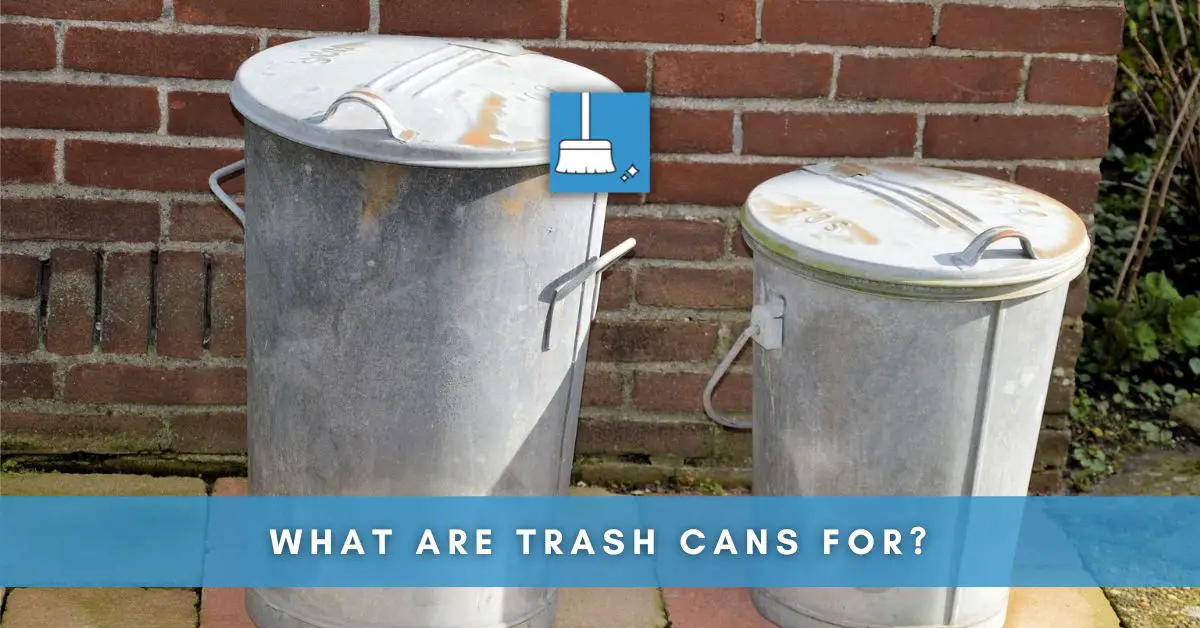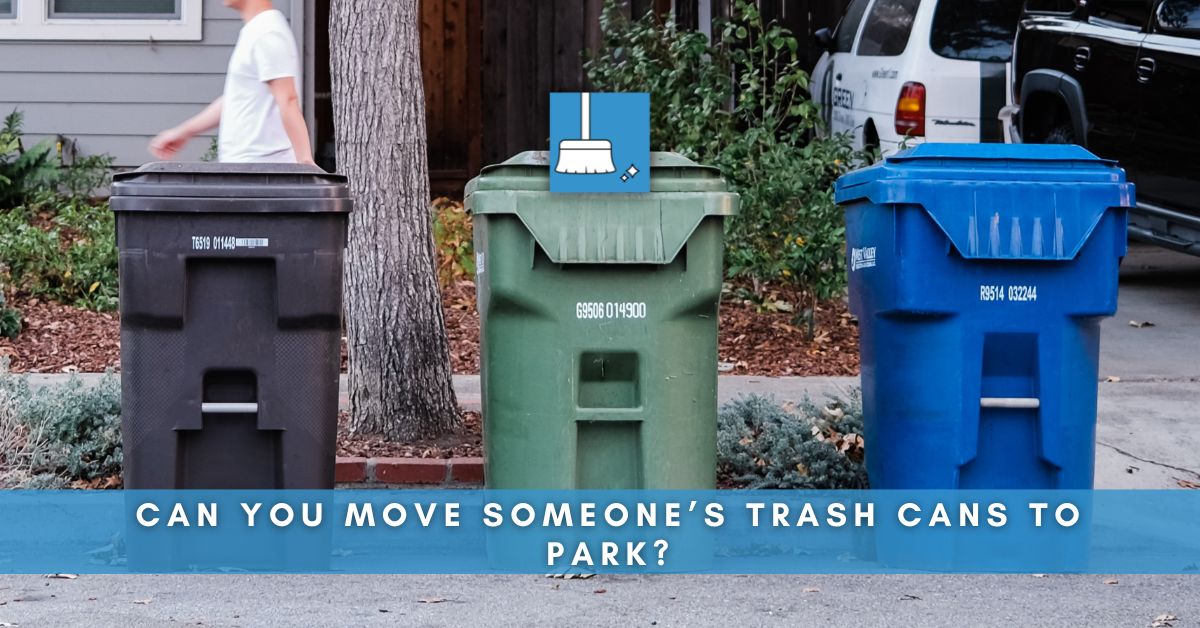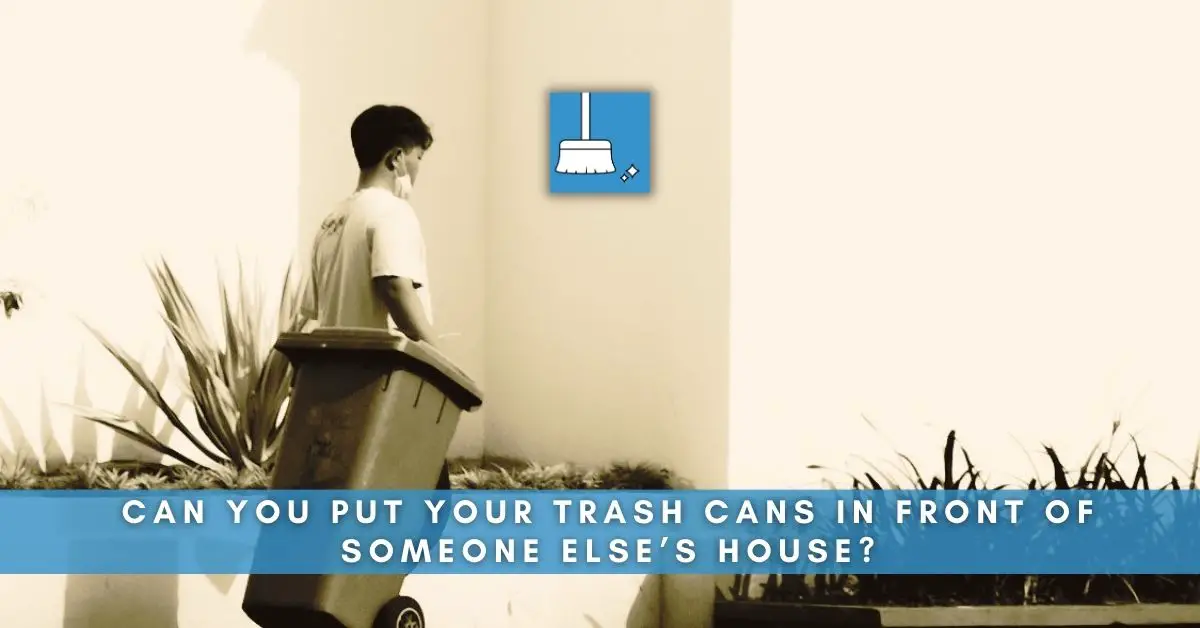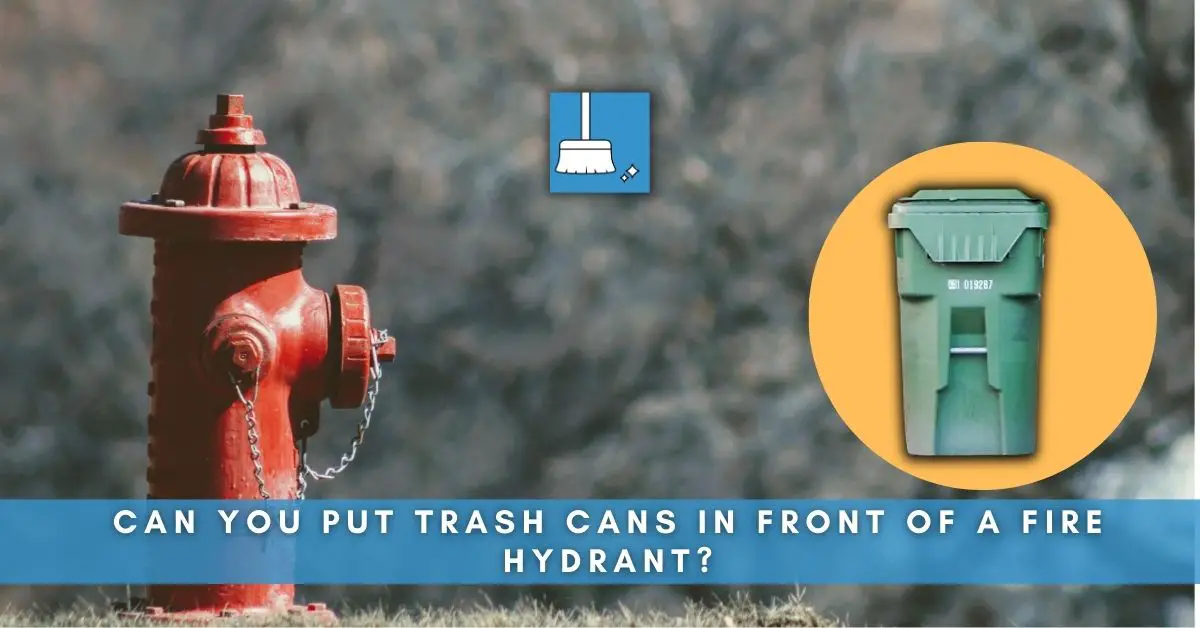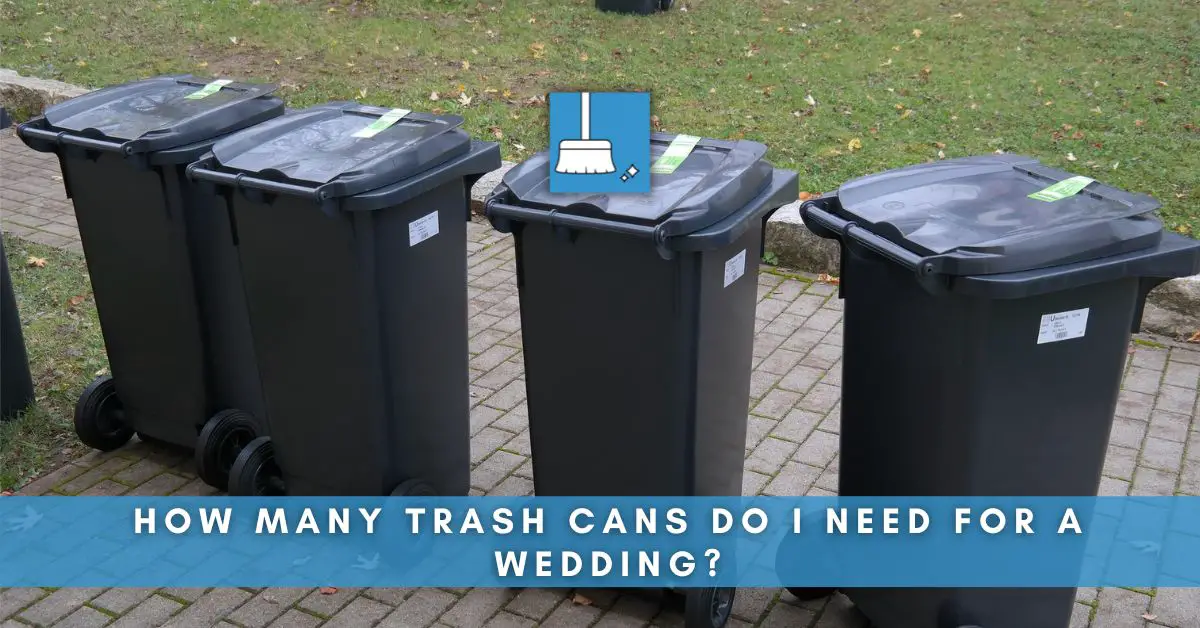In today’s society, the need for proper waste management cannot be overstated. One of the most critical and ubiquitous elements in managing waste effectively is the humble trash can.
The Purpose and Importance of Trash Cans
Trash cans, also known as waste containers, play an essential role in our day-to-day lives. They are primarily used to contain waste until it can be removed and disposed of by local authorities.
By securely containing waste, trash cans help to maintain neighborhood cleanliness and hygiene, reduce the spread of diseases, and minimize environmental hazards.
#1- Indoor Use of Trash Cans
The convenience of a properly placed trash can in indoor spaces such as kitchens, offices, or bedrooms can’t be overstated.
Indoor trash cans, often made from metal or plastic, are designed to neatly hold waste while blending with the room’s aesthetics.
Indoor trash cans are typically lightweight and range in sizes to accommodate various amounts of waste, keeping your interior spaces tidy and hygienic.
The use of specialized trash cans for segregating household waste is not merely an organizational tool but a crucial step towards environmental conservation.
#2- Outdoor Use of Trash Cans
Outdoor trash bins are built for bulk capacity and harsh weather conditions, ensuring durable waste management outside your property. These exterior receptacles help maintain cleanliness while preventing litter and animal intrusion.
Ugly piles of garbage are an eyesore that nobody wants to see, nor is it healthy for our environment. Here are two essential aspects necessitating the outdoor use of trash cans.
#3- Recycling
Dedicated outdoor recycling bins encourage the segregation and proper disposal of recyclable waste or organic waste, thus promoting environmental sustainability.
#4- Hygiene and Health
Outdoor trash cans curb the spread of harmful pests and diseases by accommodating the improper litter that could otherwise pollute our surroundings. They enhance sanitation, contributing to a clean and healthy environment. [Source]
#5- Medical Waste Containment
When dealing with medical waste, appropriate containment is key to ensuring safety, compliance, and efficiency. This is why leak-proof and puncture-resistant containers are essential.
#6- Odor Control
Odors might not be harmful, but they are often unpleasant. Utilizing absorption techniques, scrubbers, and adsorbents like silica gel or activated carbon can help remove or mask these odors, promoting a more comfortable environment for healthcare workers.
Different Color Trash Cans & Their Uses
#Use of Pink Trash Cans
Usually, Pink Trash Cans are used to raise awareness for a cause. The most common purpose is for breast cancer awareness initiatives. By using pink trash cans, organizations can draw attention to their cause and encourage donations.
#Use of Black Trash Cans
Black Trash Cans are typically used for general waste disposal. They are often seen in residential areas, parks, businesses, and schools.
#Use of Green Trash Cans
On the other hand, Green Trash Cans are usually designated for the collection of compostable materials, like food scraps, yard waste and paper products. This is a step towards composting and reducing landfill waste.
#Use of Yellow Trash Cans
Yellow Trash Cans are commonly utilized for the collection of recyclables such as plastic, paper, and metal. This encourages reusing materials and contributes to environmental conservation.
#Use of Blue Trash Cans
Blue trash cans are universally recognized as collection sites for recyclable materials. The blue trash can was conceived as part of the recycling program to facilitate the separation of recyclable materials from general waste.
Here are the typical items that go into blue trash cans:
Cardboard and Paper: Includes newspapers, junk mail, and cereal boxes.
Plastic Bottles and Containers: Plastic items should have a recycling symbol and a number between 1 and 7.
Glass: All colors of glass jars and bottles.
#Use of Red Trash Cans
On the other hand, red trash cans have a unique and vital function. They are often used for hazardous waste because red signals caution. Specifically, they are used for sharps disposal in medical and research settings.
Here’s what typically goes in red trash cans:
Needles: Includes single-use needles, insulin syringes, and lancets.
Other Sharps: Such as scalpels, glass pipettes, and broken glassware.
Not to be confused with: Regular waste or recycling – never put sharps in these containers.
These color-coded trash cans help maintain order and safety when disposing of waste. Remember, each color has its designated function!
The color of your trash can matters in directing where your waste should go and contributes to a global cause.
Unconventional Ways to Utilize Trash Cans
From DIY mini-rain barrels to unique firewood storage, trash cans offer versatility beyond their intended garbage-collecting functionality.
They provide an eco-friendly solution for rain collection, perfect for watering plants in your backyard.
Additionally, they make excellent dry and accessible storage for firewood, ensuring you always have a ready supply when needed.
Repurposing Trash Cans for DIY Projects
Repurposing trash cans into creative DIY projects is not only a fun activity but it’s also beneficial for the environment.
Among the ideas is transforming your old trash can into a unique end table, or a dog food storage container with a touch of personal creativity.
With a bit of imagination and a splash of paint, you can convert your former trash bin into a surprisingly stylish pendant light for your home.
Types of Trash Cans
Trash cans come in various shapes, sizes, and materials. They play a crucial role in managing waste, maintaining cleanliness and sanitation in homes, offices, or public spaces. So, understanding them becomes essential.
Overview of Different Materials Used for Trash Cans
Materials used in trash cans determine their durability, usage, and place of installation. Commonly used materials include plastic, steel, and concrete.
Plastic bins are light, easy to transport, and suitable for indoor use. Steel and concrete bins are more robust, ideal for outdoor use, and can withstand rough weather conditions. Some outdoor trash cans feature reinforced construction and locks to be animal-resistant.
Common Styles and Designs of Trash Cans
Trash cans come in a myriad of designs and styles to suit diverse needs.
For instance, pedal trash cans are ideal for hands-free operation and are typically found in spaces that require high sanitation levels like hospitals or kitchens.
Disposable trash cans, on the other hand, are low-cost and easy to set up, making them perfect for large scale indoor and outdoor events.
Some trash cans even come with a built-in strainer to prevent non-liquids from clogging the unit.
Trash Can Features and Functionality
The evolution of trash cans has made them more than just waste holders.
Smart trash cans, for instance, are equipped with sensors that alert sanitation teams when they need emptying, potentially reducing pickups by up to 50%.
Another innovation is the introduction of recycling bins as part of the trash receptacle, enhancing recycling efforts and helping keep spaces organized.
Benefits of Different Trash Can Mechanisms
Different trash can mechanisms offer varying benefits. Touchless trash cans, either with a motion sensor or foot pedal, provide a more hygienic experience as they eliminate the need for hand contact.
Manual bins with a touch or swing lid offer convenience as they often stay open after activation, making waste disposal quicker and easier.
Public Trash Cans
Public trash cans play an essential role in our everyday lives, they govern the tidiness in our communities by offering a designated place for individuals to conveniently dispose of their waste.
The Role of Public Trash Cans in Maintaining Cleanliness
Proper use of public trash cans is not just about maintaining aesthetics; it comes with several other benefits.
Firstly, these cans reduce the risks of pests and insects, and using special liners in these cans can help control leakage and offensive odors.
Furthermore, adequate use of public trash cans significantly decreases the likelihood of litter scattering, contributing to local cleanliness and environmental conservation.
Waste Management and Environmental Impact
In the modern era, it’s not enough to simply dispose of garbage into trash cans without considering the impact on the environment. Waste management strategies now focus heavily on sustainable practices.
The Relationship Between Trash Cans and Sustainable Practices
Trash cans serve not just as garbage bins, but containers for sustainable waste management. A crucial step is the classification of waste and separating recyclables from non-recyclables.
Using trash cans effectively for this purpose reduces waste that ends up in landfills, and conserves natural resources through recycling. Ultimately, this effort contributes significantly in reducing greenhouse gas emissions.
Efficient Waste Reduction Strategies
To effectively manage waste, consider implementing this three-step approach, known as the Three Rs: Reduce, Reuse, and Recycle.
Reducing entails buying only necessary items and if possible, opting for used goods or substitutes.
Reusing involves finding new uses for items instead of promptly discarding them.
And when disposal is inevitable, recycling is an environmentally friendly way to manage waste.
References
https://green-city.co/importance-waste-containers/
https://www.recycling.com/types-of-trash-cans/
https://www.wastedive.com/spons/3-ways-smart-trash-cans-help-cities-streamline-operations/607748/
https://smallbiztrends.com/2023/06/commercial-outdoor-trash-cans.html
https://www.cleanitsupply.com/blog/the-importance-of-trash-cans-garbage-cans/
https://playpowercanada.ca/blog/how-commercial-trash-cans-help-prevent-littering/

